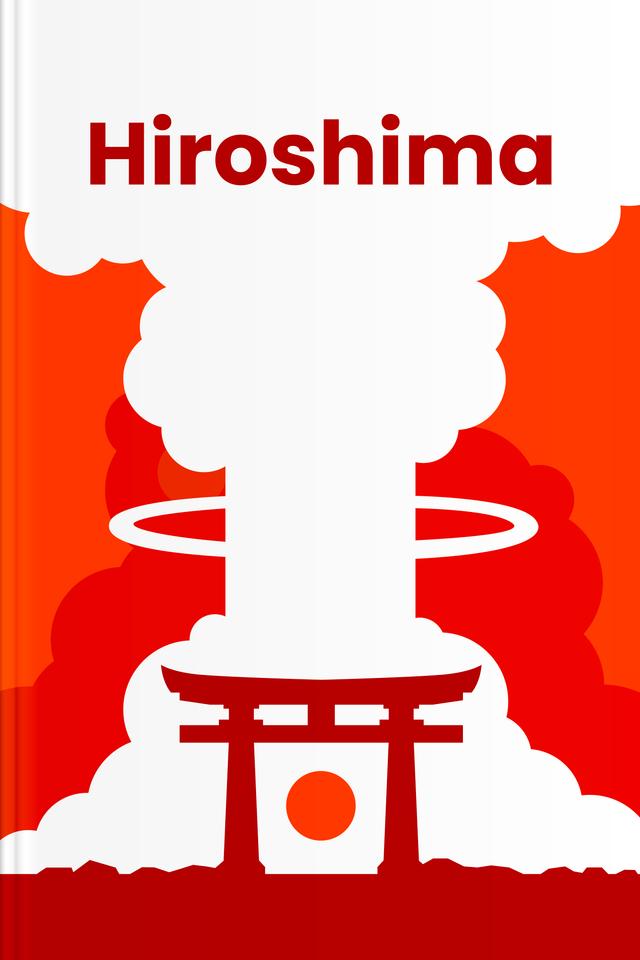You’ll learn
- How survivors coped post-bombing
- About the long-term effects of radiation
- Why vengeance is bittersweet at best
- Who the Hiroshima Maidens are
russia has launched a full-scale war in Ukraine. Donate to support Ukraine and protect the world’s peace.

first KEY POINT
In 1945, the US dropped atomic bombs on Hiroshima and Nagasaki, marking the first use of nuclear weapons. The bombings killed an estimated 140,000 people in Hiroshima and about 74,000 in Nagasaki. Tragically, the nightmare didn't end with the initial explosions. For many of the survivors, it was the beginning of a lifelong battle with various types of cancer, chronic illnesses, psychological trauma, and other terrible side effects of radiation poisoning.
At 8:15 am on August 6, 1945, the bomb wiped out most of the Hiroshima residents, but these people survived:• Mrs. Hatsuyo Nakamura, a tailor with three children
• Father Wilhelm Kleinsorge, a German priest
• Dr. Terufumi Sasaki, a surgeon at the Red Cross Hospital
• Reverend Mr. Kiyoshi Tanimoto, a pastor
• Miss Toshiko Sasaki, an office worker
• Dr. Masakazu Fujii, the owner of a private clinicPrepare yourself for a sobering reminder of the catastrophic potential of nuclear weapons and humanity’s responsibility to ensure such horrors will never happen again.
second KEY POINT
Of all the important cities in Japan, only Kyoto and Hiroshima had not experienced the devastating presence of the B-29 bombers. Rumors kept everyone on edge, hinting that the Americans had a special surprise planned.

Continue reading with Headway app
Continue readingfirst KEY POINT
second KEY POINT
third KEY POINT
fourth KEY POINT
fifth KEY POINT
sixth KEY POINT
seventh KEY POINT